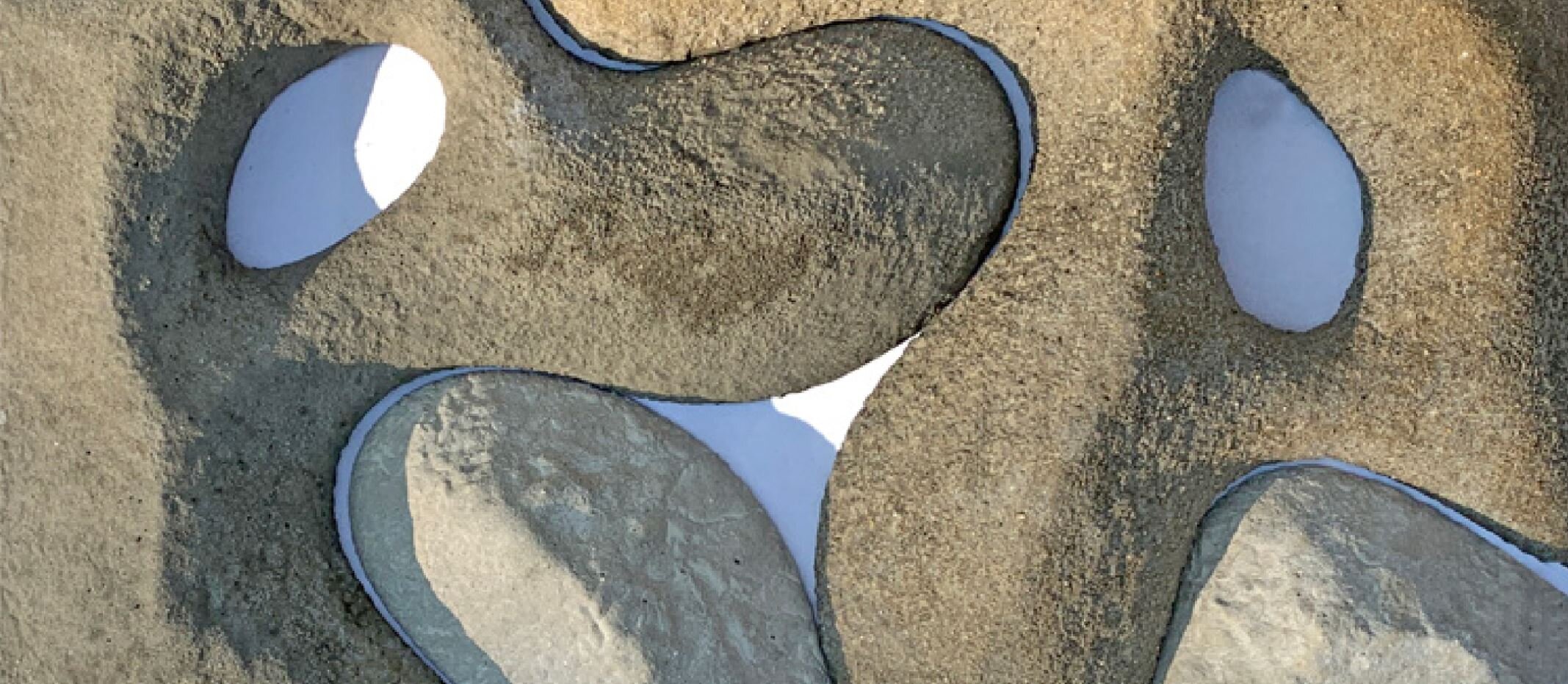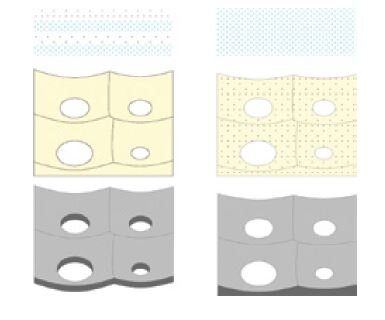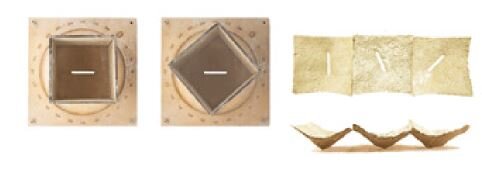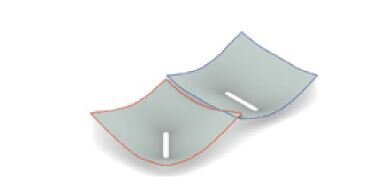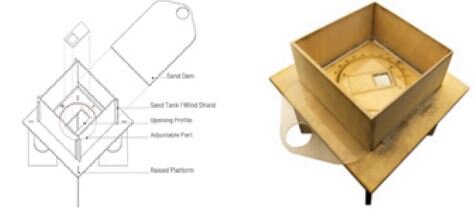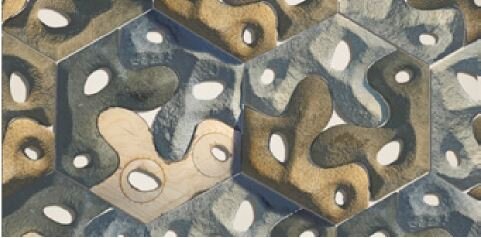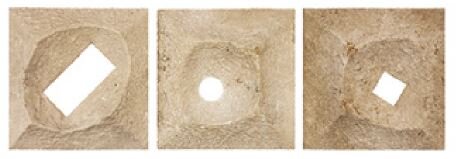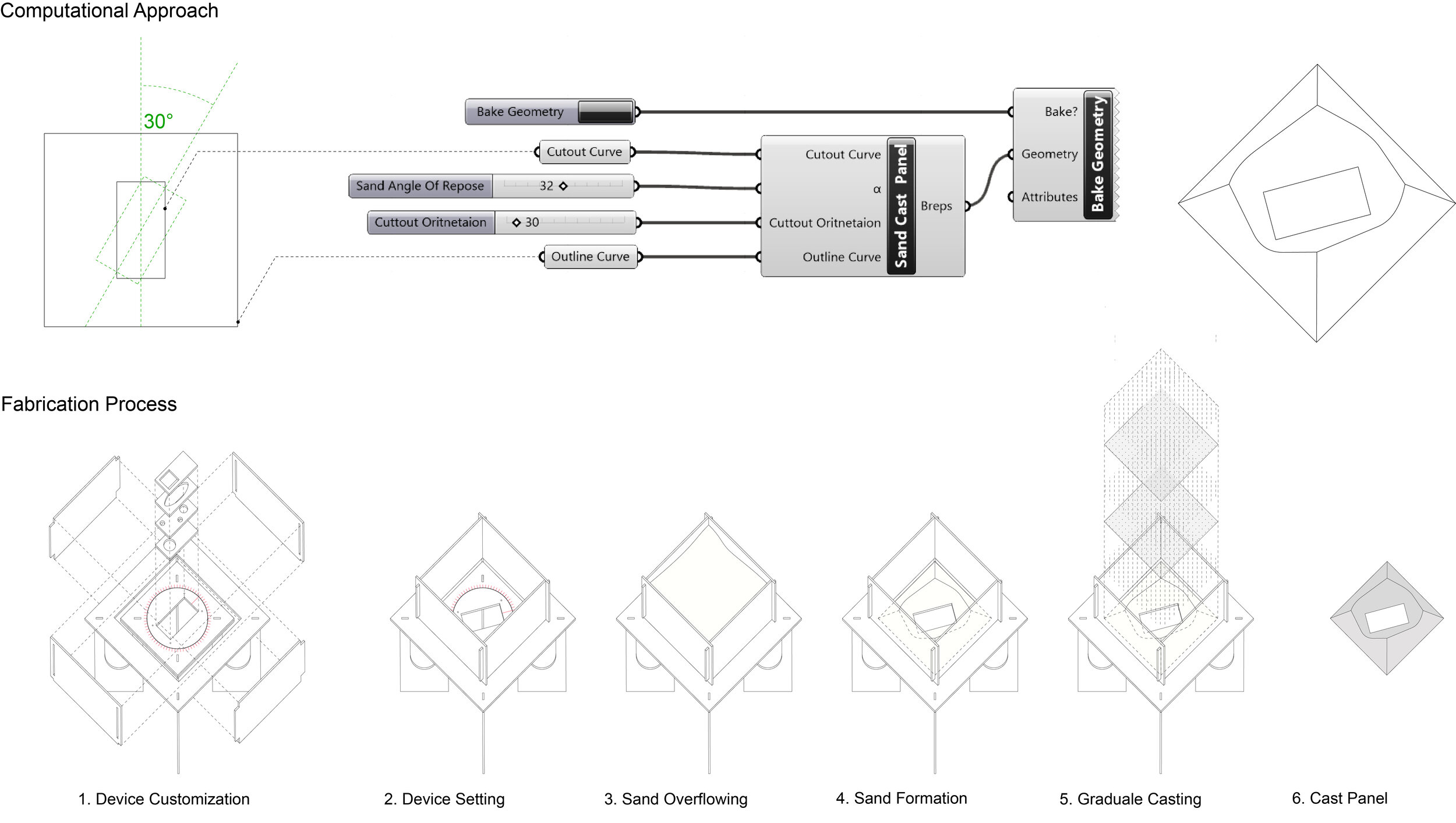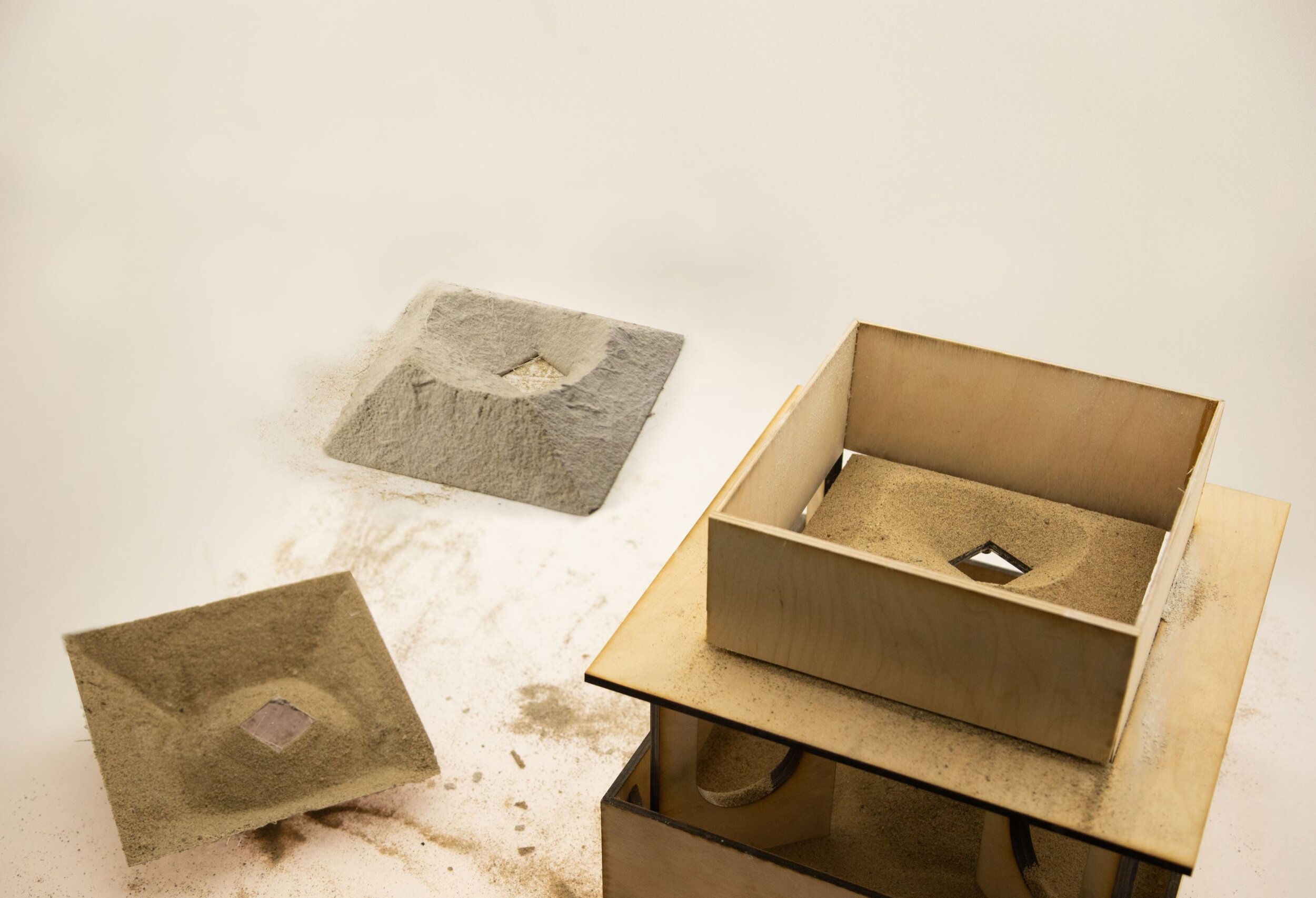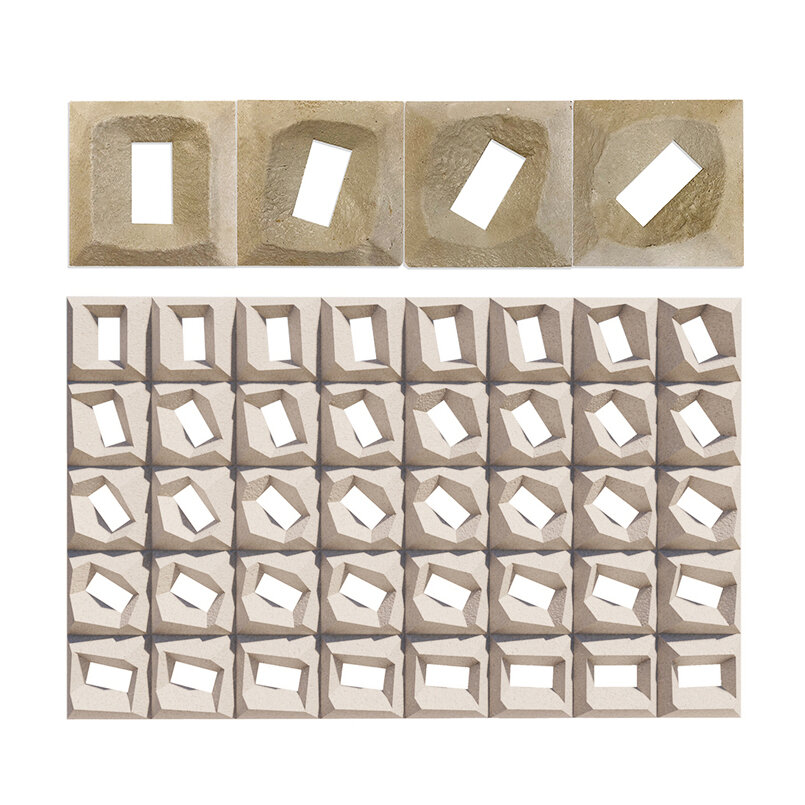Student: Jiries Alali
Faculty: Negar Kalantar + Alireza Borhani
ABSTRACT
"Casting on a Dump" focuses on finding accessible, low-tech fabrication methodologies that allow for the construction of parametrically designed non-standard modular cast panels. Such an approach adopts a computational design framework using a single low-tech and low-energy fabrication device to create non-repetitive volumetric panels cast in situ. The design input for these panels is derived from design preferences and environmental control data. The technique expands upon easy to fabricate and cast techniques, targeting less-developed logistical settings worldwide, and thus responding to imminent needs related to climate, available resources, and the economy.
Casting on a Dump: Using Sand as a Form-Generating Formwork
INTRO
There is currently a disconnect between the progression of construction techniques relative to freeform architecture. The formwork used to create freeform concrete designs involves an expensive process. The introduction of sand, which has been formerly researched as a zero-waste and abundant material, can address accessibility in methods of construction for underprivileged contexts. “Casting on a Dump” is proposed as a computational design framework that uses low-tech fabrication tools to construct non-repetitive volumetric panels cast in situ.
CASTING TECHNIQUES
The first stage of research identifies a casting technique that clones the dumped sand’s surface geometry. A wooden box with multiple fixed drains in its base is used for experimenting prototypes using a gradual layering technique to cast material while retaining a distinction between the two mediums of sand and cement.
PROTOTYPE DEVELOPMENT
In this fabrication method, sand controlled by an adjustable device serves as a form-generating medium to achieve a set of cast panels. These non-standard panels are then computationally simulated. This approach produces volumetric panels by inputting two-dimensional parameters and relying on the sand’s physical properties to find the volumetric panel geometry.
The second stage explores three prototype options: rotational boundary, free edges, and tessellation.
The initial prototype is a raised box with a fixed opening in its base and rotating boundaries where the rotation changes the positioning of the sand drain cutout in relation to its outer edge. After being positioned and stabilized with water, the device is overflowed with sand, before draining. The results are cast panels with multiple parabolic profile edges.
A second prototype is then designed and tested where the sand particles receiving platform edges are freed to keep the panel edges flat, creating sealed joinery in the paneling process.
Tessellated Paneling
Additional prototypes with multiple openings and different movement types are produced to create tessellated paneling, demonstrating the accuracy of the panel edges.
COMPUTATIONAL APPROACH
The third stage includes computational design approaches using Rhinoceros 3D and Grasshopper 3D that allows for visualization of the sand dump’s geometry and the design of additional iterations. The processes of shipping and assembly are also taken into account with this prototype, ensuring that the device is able to reach the construction site for casting in situ. The precision of this research is also evaluated with Cloudcompare software and minimal deviation between digital and physical outcomes were found.
RESULTS
This research’s findings propose a set of digital and physical tools for designing and executing non-standard paneling facades with one formwork device. This experiment is a potential avenue for constructing parametrically designed facade systems, where the input parameters include quantitative environmental information such as light. This research’s outcomes are two-fold: a) a visual programming design for envisaging complex shell surfaces from different outlines and cutouts, and b) prototyping devices for panel fabrication. This method offers a high-tech/low-tech process that ensures production consistency because the morphing process depends mainly on gravity.
Besides minimizing the waste of formwork material, the research presents a time-efficient design process and allows users with limited design and construction expertise to create customized objects.
CONCLUSION
This research describes a threefold fast-track experiment involving materials, computation, and fabrication. Intuitively, the findings of one field shape the others. The findings for each were tested through digital simulation and physical prototyping, indicating that the developed system is ready for full-scale upgrading. The ultimate goal is easy fabrication and casting techniques, targeting less-developed settings worldwide and hopefully responding to imminent needs related to climate, available resources, and the economy.
Credit: Jiries Alali, Dr. Negar Kalantar, Alireza Borhani

